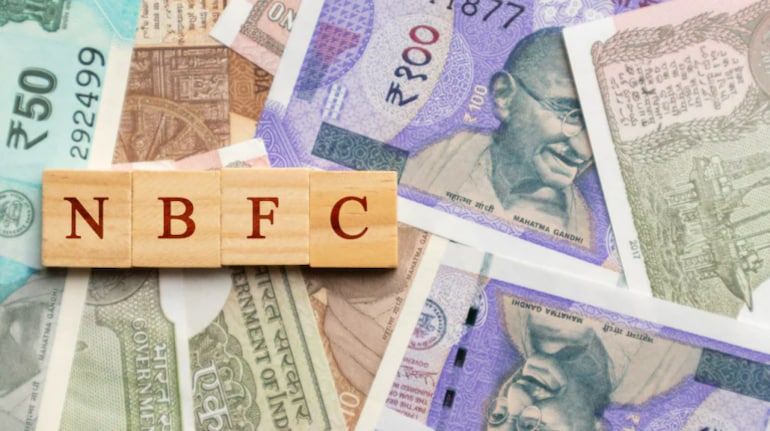



Assets under management (AUM) of major non-banking financial companies (NBFCs) are expected to grow by 13-14 percent in the next fiscal, ratings agency CRISIL said on Wednesday. This will be largely driven by strong credit demand and diversification through partnerships.
“Stronger balance sheets with higher provisioning and lower leverage, receding asset-quality concerns and steadily normalising funding access provide a solid foundation for NBFCs to capitalise on credit demand,” said Gurpreet Chhatwal, Managing Director, CRISIL Ratings.
The agency noted that overall, the NBFC sector is well poised for growth in the medium term despite competition from banks. “However, geopolitical issues, sharper-than-expected increase in interest rates and inflation will bear watching,” the release said.
Sector-wise growth
In home loans, the biggest segment comprising 40-45 percent of the NBFC AUM, structural factors driving end-user housing demand are intact despite the impact of rising real estate prices and interest rates. “That should drive 13-15% growth in the segment next fiscal,” the CRISIL statement said.
Vehicle finance, the second-largest segment (20-25 percent of NBFC AUM), will grow 13-14 percent next fiscal compared with an estimated 12 percent this fiscal on the back of solid underlying-asset sales. Strong pent-up demand and new launches will continue to drive car and utility vehicle sales, it said.
“NBFCs are expected to capitalize on their core strengths of last-mile connectivity, customer relationships, innovativeness and strong understanding of micro markets to sharpen focus on
used-vehicle financing, which offers higher yields and better profitability from a risk-adjusted return perspective,” the agency said.
Unsecured loans which comprise nearly 8-10 percent of NBFC AUM is the focus for many large NBFCs. The AUM in this segment is seen growing 20-22 percent next fiscal.
“Demand for consumer loans is high across durables, travel and other personal consumption activities, while business loans have benefited from macroeconomic tailwinds,” CRISIL noted.
In real estate finance, some large NBFCs may look at a calibrated realignment of exposure to construction finance for large developers, lease rental discounting loans and last-mile financing as these carry relatively lower levels of risk and have the potential for higher returns. Most others are expected to reduce their wholesale loan book as chunkiness of exposure and higher delinquencies in the past have impacted the confidence of lenders to NBFCs.
“Consequently, the share of wholesale lending in overall AUM is expected to steadily reduce for most NBFCs. These would largely move to alternative investment funds given their access to patient pools of capital,” the release said.
Competition and partnerships
Chhatwal added that competition from banks will remain intense and the rising interest rate environment will exert pressure on margins and limit competitive ability, especially in the largest traditional segments of home loans and new vehicle finance.
“Diversification into higher-yielding segments such as unsecured loans, used-vehicle loans and secured SME (small and medium enterprise) loans will be the focus areas for the larger NBFCs,” Chhatwal said.
Krishnan Sitaraman, senior director and deputy chief ratings officer, CRISIL, said that large NBFCs are turning towards non-traditional segments to enhance yields and this will likely see more partnerships emerging.
“Partnerships will allow the large NBFCs to expand to newer domains in a more cost-efficient manner while reducing time-to-market. For emerging NBFCs, this supports capital-efficient AUM growth,” Sitaraman said.
Factors to look out for
Analysts also noted that the borrowing costs for NBFCs are expected to increase 100-120 basis points (bps) in the next fiscal as the Reserve Bank of India (RBI) is expected to raise its policy repo rate by 25 bps in December and is expected to do the same around March 2023.
It is also expected that competition from major banks will intensify in the traditional asset classes for NBFCs.
Also, NBFCs’ asset quality metrics are expected to stay resilient and provisioning coverage ratio has increased over the past two years. Additionally, NBFCs can benefit from India's gross domestic product (GDP) growth which is expected to touch 7 percent this fiscal.
NBFCs have for long been complaining how regulations similar to those in force for full-fledged banks are eroding the advantage they have of being non-banks. The Finance Industry Development Council, an industry lobby, in a memorandum submitted to the government on November 22 said that if NBFCs are to be regulated like banks, then the typical model of lending would suffer.
Discover the latest Business News, Sensex, and Nifty updates. Obtain Personal Finance insights, tax queries, and expert opinions on Moneycontrol or download the Moneycontrol App to stay updated!
Find the best of Al News in one place, specially curated for you every weekend.
Stay on top of the latest tech trends and biggest startup news.